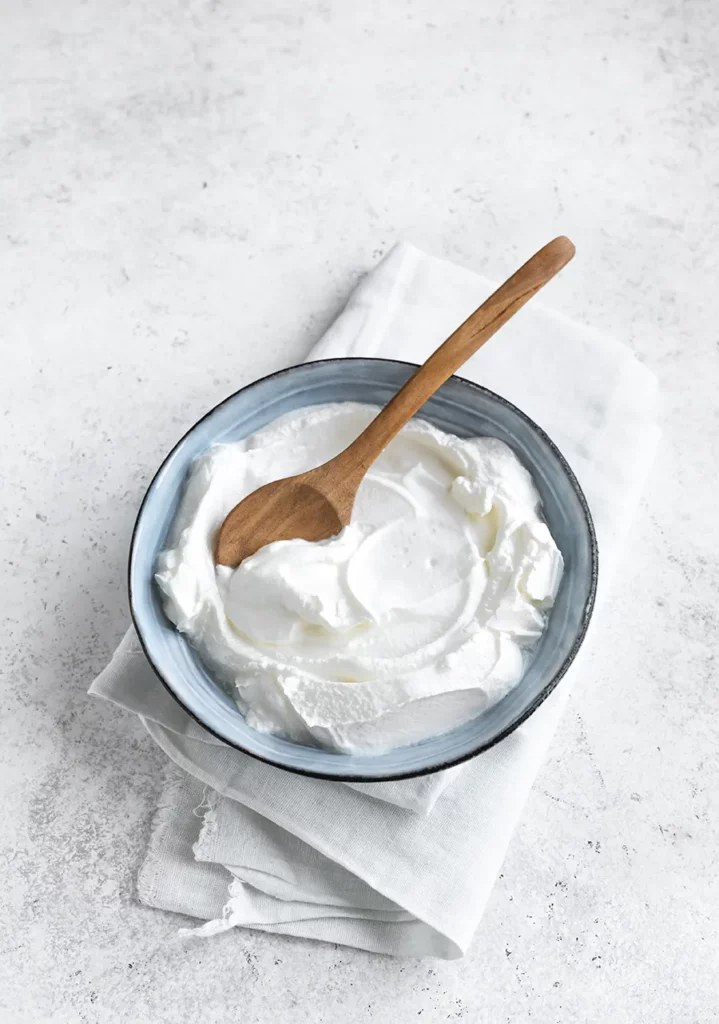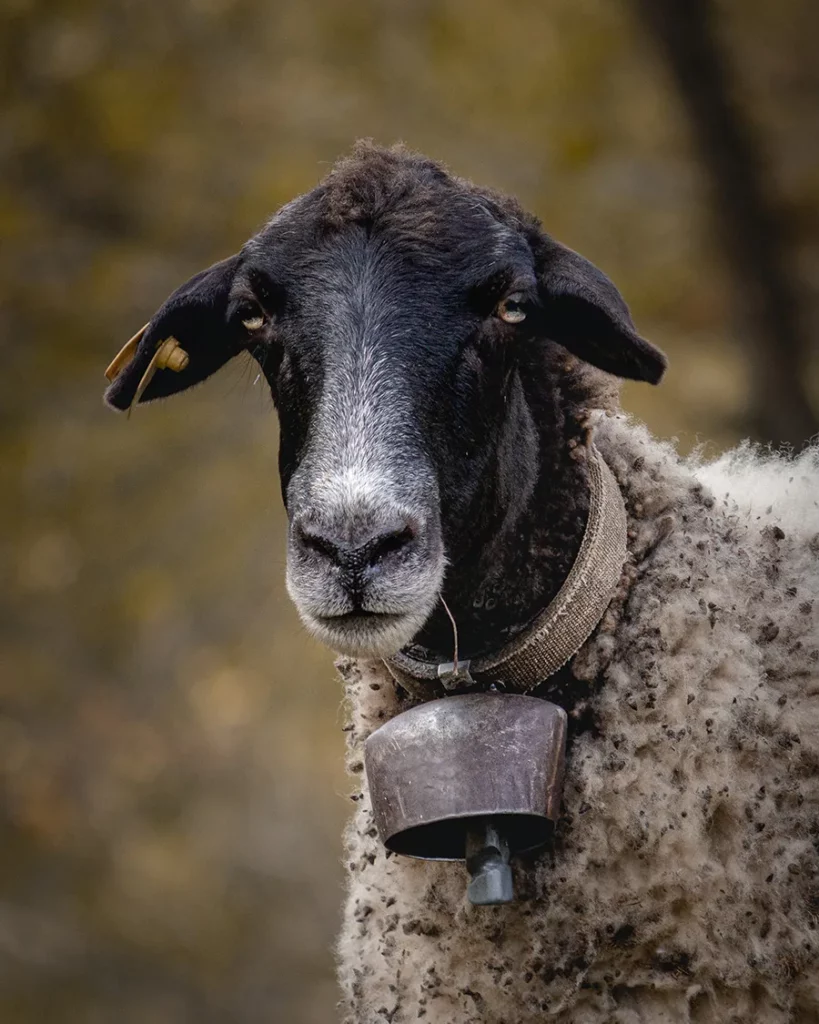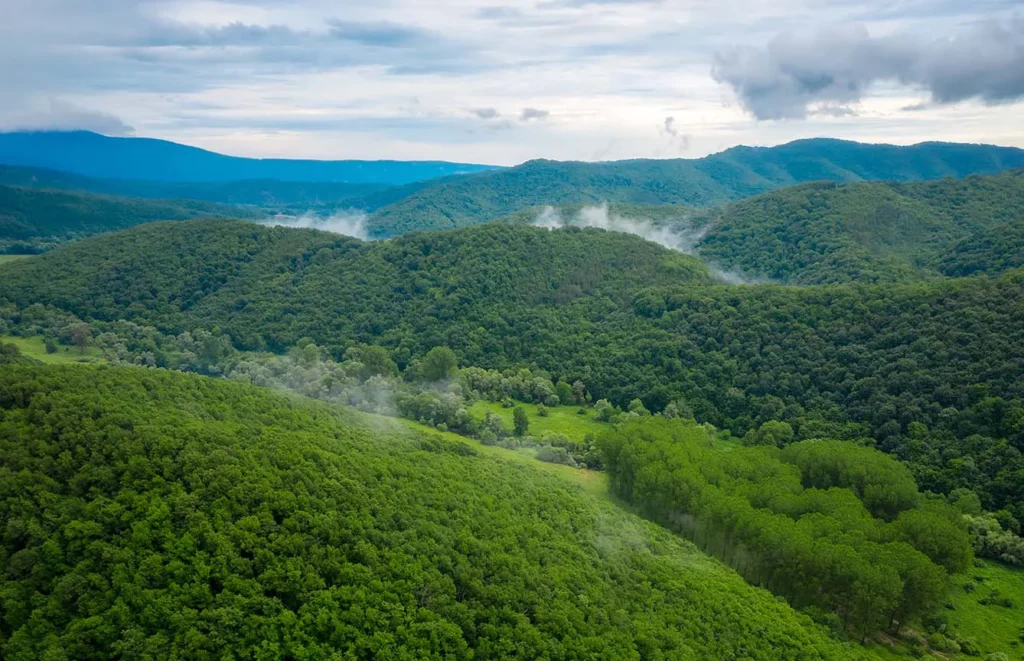It’s been a summer filled with good news for regional producers in Bulgaria committed to preserving quality. So far this year, three new Bulgarian products have made it to the exclusive list of regional products whose quality is believed to be closely linked to the geographical environment of the place of origin.
New products on the horizon
The newcomers – honeydew honey from the Strandzha mountain in Bulgaria’s southeast, white brined cheese, and yogurt – join a small club of already protected Bulgarian regional products such as rose oil, sujuks, the dry, spicy and fermented sausage, 12 grape brandies (rakija) and 54 wines.
All in all, over 1,600 agricultural products currently enjoy the PDO label across the European Union. The Protected Designation of Origin scheme prevents counterfeiting of products on the European market and allows producers to market their products better. “Thanks to geographical indications, consumers can trust that products are of good quality and distinguish them, and producers can market them,” the European Commission notes.
To award the protected status, the European Commission requires that every part of the production, processing, and preparation process takes place in a specific geographical region. Bulgarian producers are paying attention. Two more grape brandies, one wine, and herbal honey from Strandzha have been submitted for consideration, with hopes that more good news will follow.
Here’s what we know about the Bulgarian newcomers on the list.
Bulgarian white brine cheese
No Bulgarian table is completed by a hefty helping of Bulgarian white brine cheese, a popular product that doesn’t need a name. Say cheese, and every Bulgarian imagines just that, a good hunk of salty white cheese. Bulgaria’s cheese is made from cow’s, sheep’s, goat’s, buffalo or mixed milk with the addition of starters containing Lactococcus Lactis, the gram-positive bacterium used extensively in the production of buttermilk and cheese. The cheese, unlike some products on the list, is produced throughout Bulgaria using an old and tested technology. The cheese’s PDO label is also due to Bulgaria’s favorable climatic and natural conditions deemed important enough for the development of the specific bacterium used in the production. The proof is, well, in the cheese.
Bulgarian yogurt
Made from raw milk from sheep, cows, goats, buffaloes or a mixture of these, Bulgarian yogurt has its reserved place on that same Bulgarian table, right next to the cheese. When Francis I of France suffered a stomach disease, a renowned doctor was summoned from Constantinople, soon arriving in Paris in unusual company – a flock of about 40 sheep. The good doctor got to work fermenting the sheep milk and offered it as a remedy. The King made a swift recovery.


This, according to some sources, is how Bulgarian yogurt, known for its healing properties, made its international debut back in the 16th century. But today, Bulgarian yogurt might not be, well, Bulgarian. The traditional product uses two common Bulgarian yogurt strains of lactic acid bacteria (Lactobacillus Bulgaricus and Streptococcus thermophilus), but over the last decades, some producers have replaced these key ingredients with foreign live starter cultures. In such cases, the combination of milk powder and stabilizers brings the product closer to dairy cream. But the new label should be able to help you choose the right Bulgarian yogurt.
Honeydew honey from the Strandzha mountain
The old oak forests of the Strandzha mountain, one of Bulgaria’s most beautiful and yet least-known regions, are where bees are hard at work. The Strandzha honeydew honey has a distinctive brown color. But there’s more. Beekeeping has long been an important livelihood in this part of Bulgaria, dating back to the 19th century. The local honeydew is a product of the natural environment. In spring and summer, moist sea air descends on the region and bathes the forests with light morning mists. These conditions favor the development of a rich diversity of plants.

This stunning area is part of the EU Natura 2000 network of protected areas. The production process is inextricably linked to the interaction between the flora and fauna of the forest ecosystem. Among the leaves of the oak forests, small insects feed on sugar-containing juices and secrete the even sweeter substance, honeydew. It is the warm climate in Strandzha that creates the conditions for mildew formation.
To the store!







